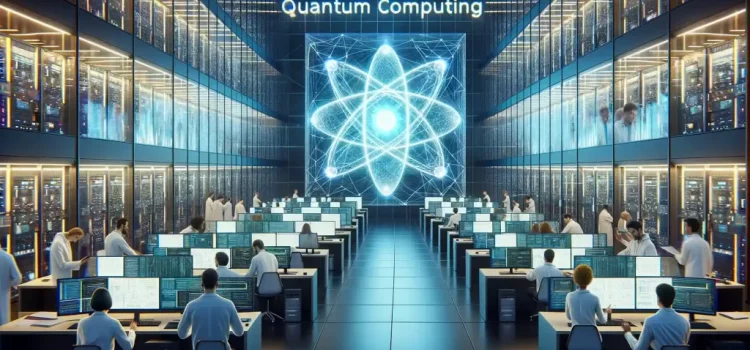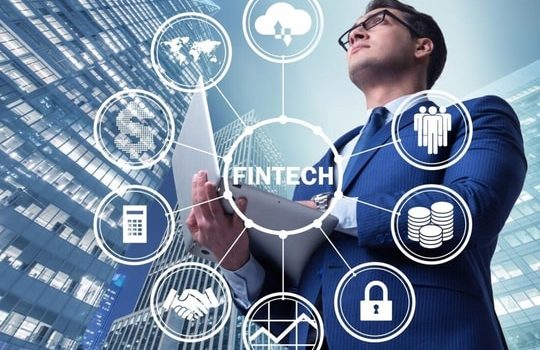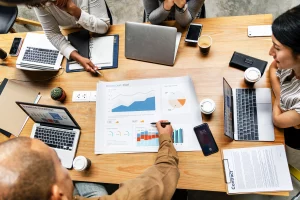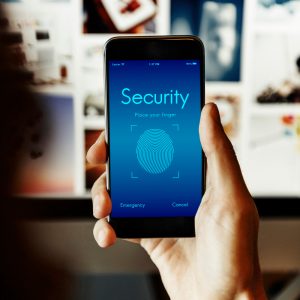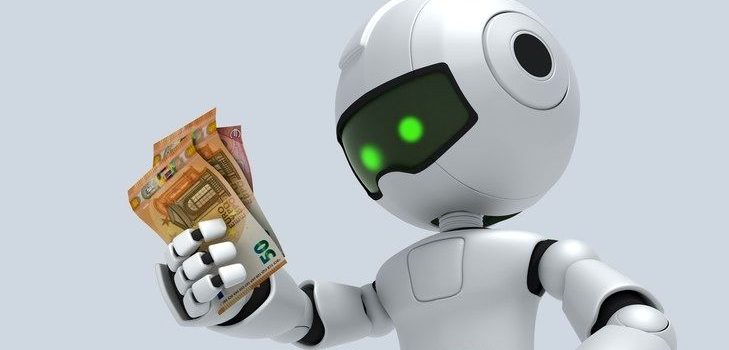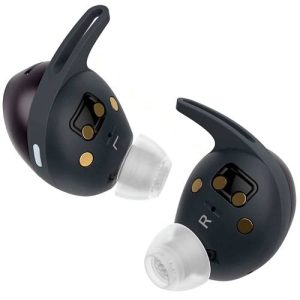
A paradigm change in technology, quantum computing promises previously unheard-of computational power and the ability to effectively solve issues that traditional computers are unable to handle. It’s critical to comprehend the developments in quantum computing, its advantages, and the emerging practical uses as we approach 2024. With the support of pertinent case studies and examples, this essay examines what to anticipate in the field of quantum computing in 2024.
Understanding Quantum Computing
What Is Quantum Computing?
Fundamentally, quantum computing uses the laws of quantum physics to process data. Quantum bits, or qubits, have a property called superposition that allows them to exist in several states at once, unlike classical bits, which represent a 0 or a 1. For some kinds of issues, this enables quantum computers to process information exponentially faster by executing many calculations simultaneously.
Key Principles of Quantum Computing
- Superposition: Qubits can exist in multiple states, allowing quantum computers to explore many solutions simultaneously.
- Entanglement: Qubits can be entangled, meaning the state of one qubit can depend on the state of another, no matter how far apart they are. This leads to highly coordinated processing capabilities.
- Quantum Interference: Quantum algorithms exploit interference to amplify the probability of correct solutions while canceling out incorrect ones.
The Current State of Quantum Computing

As we enter 2024, the quantum computing landscape is rapidly evolving. Tech giants like IBM, Google, and Microsoft, alongside startups and academic institutions, are racing to develop practical quantum computers. This competitive environment has led to significant advancements in hardware and software.
Recent Developments
- Increased Qubit Count: Companies are achieving higher qubit counts and improved error rates. For instance, IBM has set goals for its Quantum Advantage roadmap, which aims to have quantum systems with over 1,000 qubits by 2025.
- Quantum-as-a-Service (QaaS): Cloud-based quantum computing services are becoming more mainstream, allowing businesses and researchers to access quantum computing resources without needing to own a quantum computer. IBM’s Qiskit and Amazon’s Braket are leading platforms in this space.
- Algorithm Development: Advances in quantum algorithms are making it possible to tackle complex problems in fields like cryptography, optimization, and drug discovery.
Benefits of Quantum Computing
1. Exponential Speedup
One of the most significant advantages of quantum computing is its ability to solve problems at a speed unachievable by classical computers. For example, quantum computers can perform complex simulations and optimizations in seconds that would take classical supercomputers years.
2. Enhanced Problem Solving
Quantum computing can address problems that are inherently difficult for classical systems, such as:
- Cryptography: Quantum computers can break traditional encryption methods by utilizing algorithms like Shor’s algorithm, which can factor large numbers exponentially faster than the best-known classical algorithms.
- Optimization: In logistics, finance, and supply chain management, quantum computing can optimize routes, schedules, and resource allocations much more efficiently.
3. Revolutionizing Industries
Various industries stand to benefit from quantum computing:
- Healthcare: Quantum computing can significantly accelerate drug discovery and personalized medicine. By simulating molecular interactions, quantum computers can help researchers identify potential drug candidates faster and more accurately.
- Finance: Financial institutions can use quantum computing for risk analysis, portfolio optimization, and fraud detection, leading to improved decision-making processes.
4. Environmental Impact
Quantum computing can contribute to solving critical environmental challenges. For example, optimizing energy consumption in various processes or enhancing battery technology through advanced simulations can lead to more sustainable practices.
Case Studies: Quantum Computing in Action
Case Study 1: IBM and the Quantum Advantage
IBM has been at the forefront of quantum computing development. In 2024, the company aims to demonstrate Quantum Advantage by solving a practical problem that a classical computer cannot solve efficiently. IBM’s work with quantum volume—a measure of the capability of a quantum computer—has shown substantial improvements, making it a crucial player in the industry.
Case Study 2: Google’s Quantum Supremacy
In 2020, Google claimed to have achieved quantum supremacy by performing a specific computation in 200 seconds that would take a classical supercomputer approximately 10,000 years. As we move into 2024, Google is focused on refining its quantum hardware and developing algorithms that can address real-world problems, particularly in machine learning and optimization.
Case Study 3: D-Wave’s Quantum Annealing
D-Wave has focused on quantum annealing, a type of quantum computing suitable for optimization problems. In 2024, D-Wave continues to push the boundaries of what quantum annealers can achieve in practical applications, particularly in logistics and scheduling for large organizations, including collaborations with NASA for satellite optimization.
Examples of Quantum Applications in 2024
1. Drug Discovery
Pharmaceutical companies are beginning to integrate quantum computing into their research processes. In 2024, a collaborative effort between major drug companies and quantum computing firms aims to streamline the drug development process. By leveraging quantum simulations, researchers can model complex molecular interactions and identify promising drug candidates more efficiently.
2. Financial Modeling
In the financial sector, companies are utilizing quantum computing to enhance risk assessment and portfolio management. For instance, investment firms are employing quantum algorithms to analyze vast datasets for better market predictions, allowing for more informed investment strategies.
3. Climate Modeling
Quantum computing holds promise for improving climate models, helping scientists better understand climate change’s effects and explore solutions. In 2024, research projects focus on using quantum simulations to predict weather patterns and analyze environmental changes with greater accuracy.
Challenges Facing Quantum Computing

Despite its promise, quantum computing is not without challenges:
- Error Rates: Quantum computers are still susceptible to errors due to decoherence and noise. Improving error correction methods is essential for building reliable systems.
- Scalability: Building large-scale quantum computers remains a technical challenge. Engineers are continuously working on increasing qubit count while maintaining coherence.
- Skill Gap: There is a significant shortage of skilled professionals who understand quantum mechanics and can develop quantum algorithms, posing a barrier to widespread adoption.
The Future of Quantum Computing
As we progress through 2024 and beyond, several trends and developments are likely to shape the future of quantum computing:
1. Collaboration Across Industries
Cross-industry collaborations will become more prevalent, as businesses recognize the potential of quantum computing. Partnerships between tech companies, academic institutions, and governmental organizations will drive innovation and accelerate the development of practical quantum applications.
2. Quantum Education and Workforce Development
To address the skills gap, educational institutions will increasingly offer specialized programs in quantum computing. Workshops, online courses, and degree programs will emerge, preparing the next generation of quantum scientists and engineers.
3. Standardization and Regulation
As quantum computing becomes more mainstream, the need for standards and regulations will arise. Industry bodies will likely develop guidelines to ensure the safe and ethical use of quantum technology, particularly concerning data security and privacy.
4. Quantum Computing in Everyday Life
By the late 2020s, we can expect quantum computing to be integrated into everyday applications, from optimizing public transportation systems to enhancing personalized online experiences. The impact of quantum computing on society will be profound, reshaping how we solve problems and make decisions.
Conclusion
In 2024 and beyond, quantum computing has the potential to completely transform the technological landscape. The advantages of quantum computing will be more obvious in a variety of industries as we observe developments in hardware, algorithms, and practical applications. Notwithstanding the difficulties, the cooperation of scientists, corporations, and academic institutions will open the door to a day when quantum computing will be more than just a theoretical idea; rather, it will be an essential instrument for solving some of the most important problems facing the globe. For companies and individuals hoping to take use of quantum technology, it will be crucial to keep up with these advancements as time goes on.








